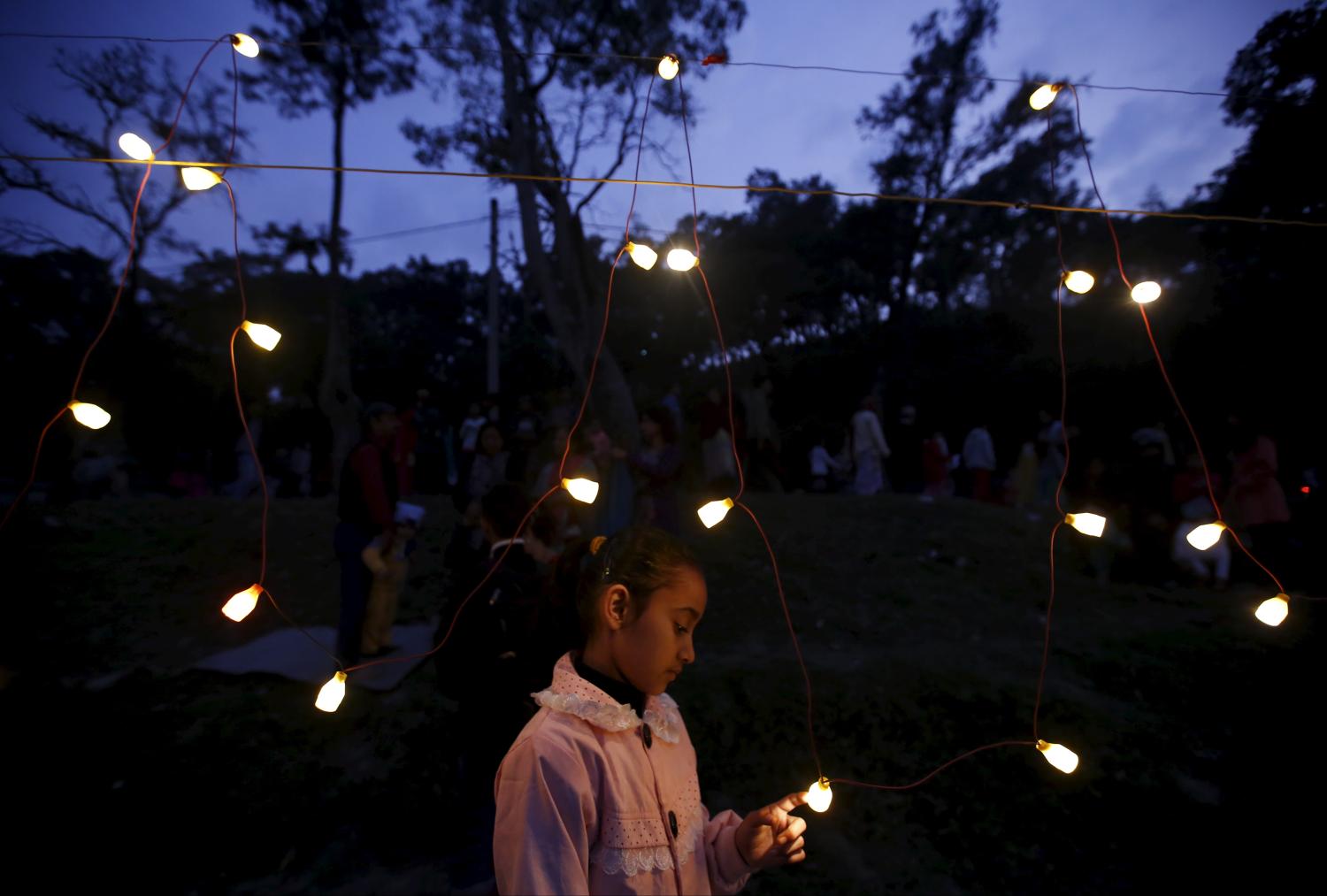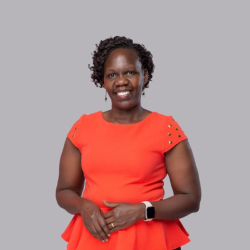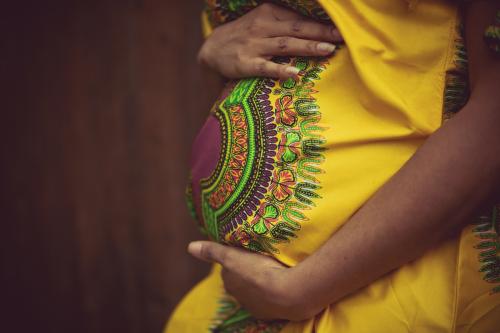Uganda’s rate of teenage pregnancy, at 25%, is one of the highest in sub-Saharan Africa. This has been linked to school push-out for girls, with subsequently limited opportunities for reenrollment. Barriers to school reentry for pregnant teenagers and young mothers are especially compounded in Uganda’s refugee settlements and host communities, where they intersect with existing economic and sociocultural factors. This often leads to poor intergenerational outcomes, with the girls and their families faring worse on key social welfare indicators such as maternal and child health.
In the context of rising teenage pregnancy and school push-out rates during the COVID-19 pandemic, the Ministry of Education and Sports (MoES) approved the 2020 Revised Guidelines for the Prevention and Management of Teenage Pregnancy in School Settings in Uganda which laid out an approach for school reentry for young mothers.
However, despite the guidelines being in place, a large number of pregnant teenagers and young mothers in refugee and host communities are still out of school due to existing sociocultural and economic barriers. As Uganda’s government and the global community seek to prioritize educational outcomes for forcibly displaced youth, how can policy and practice better respond to these barriers and address the educational needs of pregnant teenagers and young mothers in refugee and host community settings?
Intersecting economic and sociocultural barriers to school reentry
As a 2023 Echidna Scholar, my research used a mixed methods approach to assess intersecting sociocultural and economic barriers to school reentry for pregnant teenagers and young mothers in refugee and host communities of Adjumani, one of the poorest districts in Uganda, aiming to identify feasible pathways to ensure the right to education for these girls.
Sociocultural factors, such as child marriage for pregnant girls, continue to be an entrenched norm among Sudanese refugees in Uganda and can inhibit school reentry for pregnant girls and young mothers. In field interviews, a female Sudanese refugee leader stated, “Teenage pregnancy in our culture is an abomination, leading to immediate marriage to the person that impregnates them.” Families marrying pregnant girls to their partners adds significantly to the girls’ vulnerability and limits their reenrollment prospects, as they are expected to shoulder new household and childcare responsibilities.
Stakeholders in Adjumani also cited intersecting economic barriers as a factor that inhibits school reenrollment. Despite the existence of free universal primary and secondary schools in refugee communities, schools charge various fees—for registration, examinations, and parent teacher associations, for example. Meeting family needs amid school-related fees and midday meals challenges parents’ capabilities. In the case of pregnant girls and young mothers in host communities, these economic challenges are often compounded by fines associated with teenage pregnancy and child marriage, such as ladu laur’oko, for cohabitation, uniform nzi for teenage pregnancy, and ti awi, a form of dowry. Such sociocultural norms can then act as a significant economic burden in refugee settings, where poverty is already linked with constrained school reentry.
My research also showed that factors at the family and community levels—in particular, a lack of support by parents, partners, and the community—also affect school reentry for young mothers. During focus group discussions with local government officials, it was reported that parents often used harsh language and refused to provide education-related school fees and materials for pregnant girls and young mothers. Stakeholders also shared that the pregnant girls’ partners often disappear—the boys’ family members send them into hiding because of both their youth and the fear of legal redress—leaving teenage mothers to care for the children with limited support from their parents, partners, and community. This is reported to significantly affect their psychosocial well-being at a crucial time, which also acts as a barrier to school reentry.
Strengthening policies for school reentry
The government’s revised guidelines were a crucial step in addressing the issue of school reentry for pregnant girls and teenage mothers in Uganda. However, their impact has been limited, especially in refugee and host communities such as Adjumani.
This is partially due to problems associated with the guidelines’ dissemination and implementation. The revised guidelines developed by the MoES were rolled out to 514 stakeholders in Adjumani with the support of development partners. However, many such stakeholders indicated that they lacked a rollout budget and a practical implementation framework at the district level. Key informant interviews with civil society organizations (CSOs), government representatives, school administrators, and community members also reflected inadequate knowledge about the revised guidelines. The guidelines have not been translated into any language other than English, making them hard for the host and refugee populations to access.
The guidelines also need to be redesigned considering the barriers identified in my research. While particular CSOs have attempted to reduce sociocultural and economic barriers to school reentry, including meeting basic needs and offering childcare support, they have been overwhelmed by the magnitude of the issue. More robust and coordinated policies, along with comprehensive funding, are needed to address the gap between policy and practice and ensure the right to education for pregnant girls and teenage mothers through the following mechanisms.
- MoES and the district local governments (DLGs) should work with stakeholders to provide scholarships and alternative education programs to enable young mothers in both refugee and host communities to access education, in addition to connecting the young mothers to government livelihood programs to enhance their well-being.
- DLGs should work with communities, local leaders, schools, and youth to address gender-discriminatory norms through mentorship programs, sexual and reproductive health and rights education, psychosocial support programs for young parents, and initiatives targeting boys as gender champions, which can help shape social norms facilitating school reentry for pregnant teenagers and young mothers.
- The MoES should advocate for funding for the revised guidelines to enable them to meet the desired mandate, along with creating a viable implementation framework for the guidelines.
Strengthening the school reentry policy framework, while also directly working with communities to address sociocultural and economic factors, will ensure better learning opportunities for pregnant girls and teenage mothers in conflict settings and help chart a path for more resilient and gender-equal futures.
The Brookings Institution is committed to quality, independence, and impact.
We are supported by a diverse array of funders. In line with our values and policies, each Brookings publication represents the sole views of its author(s).







Commentary
Ensuring school reentry for pregnant girls and teenage mothers in Uganda
January 3, 2024